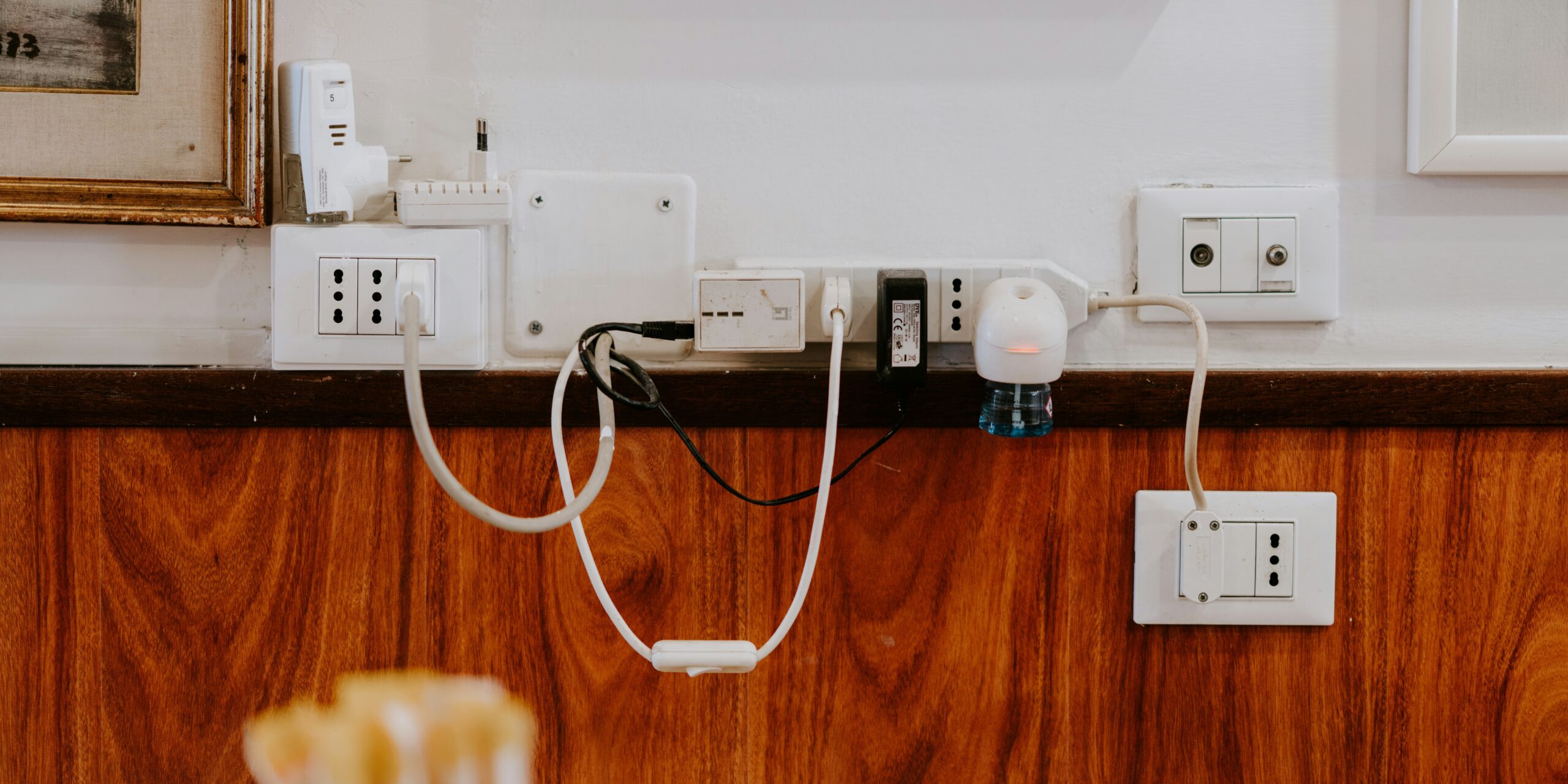The performance and safety of universal chargers are directly influenced by enclosure materials and thermal design. As charging technologies evolve, power density increases, and electronic components become more compact, efficient heat dissipation and material resilience are critical for device reliability.
Adapter enclosure materials selection and thermal optimization design combine to ensure long-term functionality, consumer safety, and compliance with international standards. This article explores material properties, thermal management strategies, and design principles that define high-quality universal adapters.
I. Importance of Enclosure Material in Universal Adapters
The adapter enclosure materials are the primary barrier between internal electronic components and external environmental factors. It not only protects circuitry but also influences heat transfer, mechanical durability, and user safety.
1. Mechanical Protection
The enclosure shields delicate components from:
-
Physical impact
-
Dust and debris ingress
-
Moisture penetration
High-impact, durable materials reduce the risk of structural failure and enhance the longevity of the product.
2. Electrical Insulation
Enclosure materials must prevent electrical leakage to ensure safe operation. Non-conductive properties are essential, especially for high-voltage and fast-charging adapters.
3. Thermal Conduction and Dissipation
Material choice significantly affects heat management. Poor thermal conductivity traps heat, reducing efficiency and shortening component lifespan. Conversely, thermally optimized materials allow controlled heat flow, enhancing device reliability.

II. Common Enclosure Materials and Their Properties
Various materials are used for adapter enclosures, each with specific advantages and limitations.
1. Thermoplastics
Thermoplastics, such as ABS (Acrylonitrile Butadiene Styrene) and PC (Polycarbonate), are widely used for their mechanical strength and electrical insulation.
Advantages:
-
Lightweight and cost-effective
-
Good impact resistance
-
Excellent insulation properties
Limitations:
-
Moderate thermal conductivity
-
May require ventilation or internal heat sinks for high-power adapters
2. Thermally Conductive Plastics
Enhanced plastics incorporate ceramic fillers or metal particles, improving heat transfer. These materials enable:
-
Thinner enclosure walls
-
Reduced hotspots
-
Better thermal coupling with internal heat sinks
3. Aluminum and Metal Alloys
Aluminum enclosures offer excellent heat dissipation and structural strength.
Advantages:
-
High thermal conductivity
-
Lightweight for metal enclosures
-
Durable and corrosion-resistant
Limitations:
-
Higher production cost
-
Requires insulation layers to prevent electrical shock
4. Composite Materials
Advanced composites combine plastics and metals to balance mechanical protection, insulation, and thermal efficiency. These materials are increasingly applied in high-power adapters and multi-port charging stations.
 III. Thermal Optimization Design Principles
III. Thermal Optimization Design Principles
Thermal design ensures safe operating temperatures for internal components, maximizing performance and lifespan.
1. Heat Source Identification
Key heat-generating components include:
-
Power transistors
-
Switching regulators
-
Transformer cores
Identifying these elements is critical for the strategic placement of heat sinks and vents.
2. Heat Dissipation Pathways
Effective thermal management depends on efficient heat transfer from components to the enclosure surface. Common strategies:
-
Direct thermal contact between heat sinks and the enclosure
-
Internal airflow channels
-
Thermally conductive pads or compounds
3. Surface Area Enhancement
Increasing the enclosure’s external surface area improves convective heat dissipation. Techniques include:
-
Fins and ridges
-
Perforations or ventilation slots
-
Curved or contoured surfaces to maximize airflow
4. Integration of Active and Passive Cooling
High-power adapters may require:
-
Passive heat sinks integrated with the enclosure
-
Active cooling using micro fans or heat pipes in advanced designs
This hybrid approach ensures stable temperatures even under continuous operation.
IV. Material and Thermal Strategy Integration
Optimal adapter design requires synergistic selection of materials and thermal structures.
1. Plastic with Embedded Conductive Fillers
Combining thermally enhanced plastics with internal heat sinks allows lightweight and safe enclosures without compromising heat management.
2. Aluminum-Plastic Hybrid Designs
Hybrid designs use aluminum plates in strategic locations with plastic outer shells. This provides structural durability, thermal efficiency, and electrical insulation simultaneously.
3. Ventilation and Heat Flow Optimization
Placement of vents and openings must consider airflow, dust protection, and moisture resistance, balancing cooling efficiency and reliability.
V. Industry Standards and Safety Compliance
Adapter designs must comply with global safety and thermal regulations, including:
-
UL and IEC standards for electrical insulation
-
RoHS compliance for material safety
-
Thermal performance testing for continuous load operation
Meeting these standards ensures consumer protection and enhances market acceptance.
VI. Case Studies in Thermal Optimization
Several successful universal adapter enclosure material designs illustrate best practices:
1. Compact High-Power Adapters
By integrating aluminum heat sinks with thermally conductive plastic, designers reduced surface temperature by 25%, enabling faster charging without overheating.
2. Multi-Port USB Adapters
Advanced enclosures with internal airflow channels and micro ventilation slots maintain stable temperatures while supporting simultaneous high-current charging across multiple ports.
3. Lightweight Travel Adapters
Using hybrid materials and optimized internal layouts, travel adapters achieve high safety ratings while remaining portable and robust.
VII. Future Trends in Adapter Materials and Thermal Design
Emerging technologies are shaping next-generation universal adapters:
-
MicroLED-based thermal sensors for real-time heat monitoring
-
Graphene-enhanced polymers for ultra-efficient thermal conduction
-
3D-printed hybrid enclosures for precise heat channeling
-
Adaptive thermal management systems responding to load and ambient temperature
These innovations will increase reliability, efficiency, and user safety.
Conclusion
Adapter performance and longevity are directly influenced by enclosure material selection and thermal design. By combining high-performance adapter enclosure materials, strategic heat dissipation paths, and industry-compliant safety measures, universal adapters deliver efficient, reliable, and safe operation.
As power demands grow and charging technologies advance, material innovation and thermal optimization remain critical for next-generation adapter designs.

